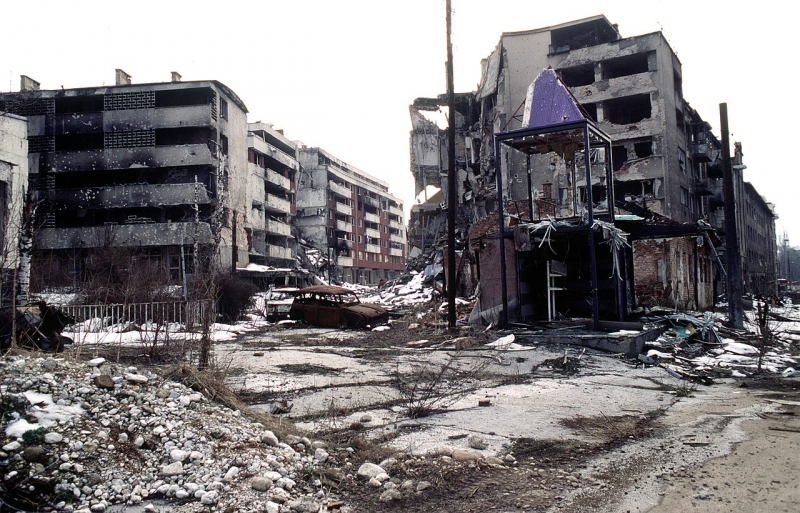Sarajevo
The Bosnian War was one of numerous wars that arose following the collapse of Yugoslavia. It was distinguished by systematic ethnic cleansing, mass rape, and a level of savagery not seen in European fighting since WW2. Tensions from WW2 also played a part, since Yugoslavia witnessed some of the greatest brutality of the war in the European theater.
One of its most heinous instances was the siege of Sarajevo, the capital of the newly founded country of Bosnia and Herzegovina, by nationalist Bosnian Serb troops in April 1992. While the conflict was complex and difficult to grasp without a thorough understanding of the region's extensive history, the siege itself was straightforward.
For more than three years, Serb soldiers stationed in the scenic hills around the city assaulted the city's people with sniper rifles, artillery rounds, and air attacks. Their goal was to compel the Bosnian government, which was mostly composed up of Bosniak, Croat, and Serb officials, to surrender and pave way for a Greater Serbian dominion.
Throughout that period, citizens were indiscriminately bombed or shot from a distance, making mundane tasks like walking to the market scary and life-threatening. The siege had claimed the lives of almost 14,000 inhabitants by the time it ended in February 1996, making it the longest and bloodiest siege of any city in the modern period of warfare.
- Location: Sarajevo, Bosnia and Herzegovina
- Stages: 2 April 1992 – 29 February 1996
- Deaths: 13,952 people












